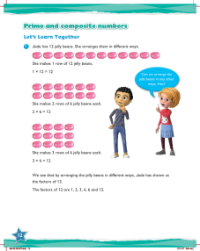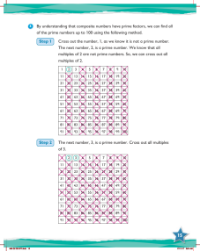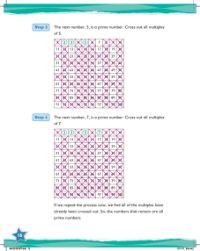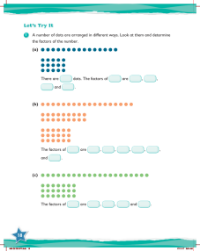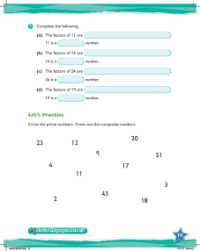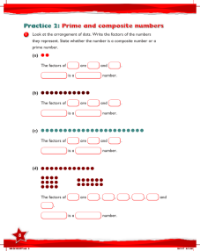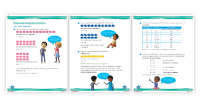Max Maths, Year 6, Learn together, Prime and composite numbers (3)
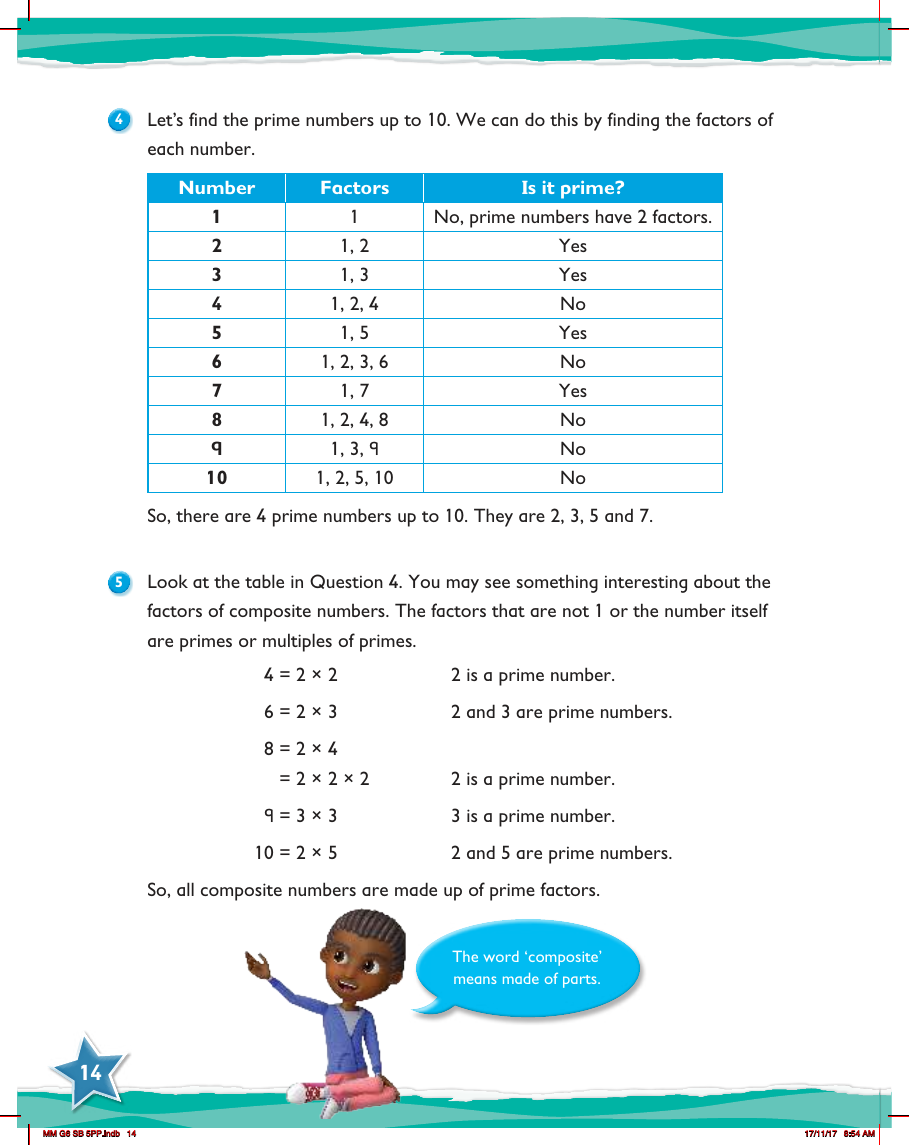
Maths Resource Description
In an engaging lesson from Max Maths for Year 6 students, the concept of prime and composite numbers is explored. Children are encouraged to identify prime numbers up to 10 by examining the factors of each number. A prime number is defined as having exactly two factors, which are 1 and the number itself. Through a simple table, students can see that the numbers 1, 4, 6, 8, 9, and 10 are not prime because they have more than two factors. Conversely, the numbers 2, 3, 5, and 7 are confirmed as prime since their only factors are 1 and the number itself, leading to the conclusion that there are four prime numbers up to 10.
The lesson continues with a closer look at the factors of composite numbers, which are numbers with more than two factors. Students discover an interesting pattern: the factors of composite numbers, excluding 1 and the number itself, are either prime numbers or multiples of prime numbers. For example, the number 4 can be expressed as 2 × 2, where 2 is a prime number. Similarly, the number 6 is the product of the primes 2 and 3. This observation leads to the understanding that all composite numbers are composed of prime factors, which is a fundamental concept in understanding the structure of numbers. The term 'composite' is clarified as meaning 'made of parts', which aptly describes these numbers that are built from prime number factors.
